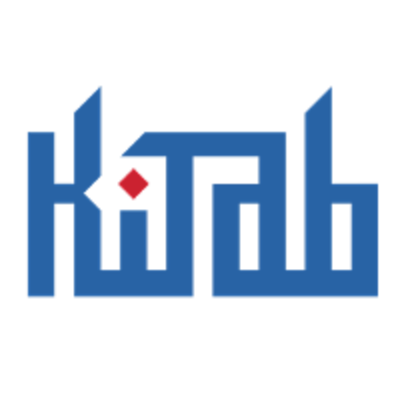On Tuesday September 27, 2022 at 12:00-1:00PM US EST at Lewis 214, KITAB’s Sarah Bowen Savant, will lead a seminar on research in progress that uses the OpenITI corpus, which corpus contains more than 10,000 works and now exceeds 2 billion words in size, to examine the question: prior to the arrival of the printing press or electricity, how were authors working in Arabic so prolific? She uses the specific case of The History of Damascus (Taʾrīkh Madīnat Dimashq) [TMD], written by ʿAlī Ibn al-ʿAsākir (d. 571/1176 ) to address the question. The TMD is the largest work in the corpus prior to 1500. Ibn ʿAsākir relied heavily on earlier scholars, whom he cites extensively. Savant explores what we can learn about his working methods by using new digital methods. While focusing on the work of Ibn ʿAsākir, the seminar seeks also to explore the possibilities and limitations of digital methods for scholars today. This event has limited registration for in-person attendance, and open registration for Zoom. It is open to Harvard affiliates. Click here, for more details and registration.

You may also enjoy
Arabic Pasts 2025
less than 1 minute read
The Aga Khan University’s Institute for the Study of Muslim Civilisations (AKU-ISMC), in collaboration with Queen Mary University of London, hosted a two-day...
Linear to Table, Table to Linear
1 minute read
In manuscripts dedicated to dreams and divination, one occasionally finds a short narrative involving Muḥammad Khawārazmshāh. It claims that he summoned spec...
Arabic Pasts 2025: Programme
1 minute read
This annual exploratory and informal workshop offers the opportunity to reflect on methodologies, case studies, and research agendas for investigating histor...
Workshop: Classical ML to AI in Arabic and Islamic Studies
2 minute read
Workshop: From Classical ML to AI in Arabic and Islamic Studies: A Hands-On Workshop, July 1-4, 2025